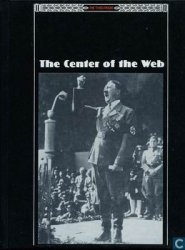The family departed from the hall by going through doors at the upper
end to the private residential part of the building. A corridor and a waiting
room that might have a fireplace and even a garderobe led to the
lord’s chamber, where business and political discussions took place under
the watchful eyes of other retainers. The chamber often looked out over
a garden, and from this garden the lord’s “closet” with archives and treasury
could be reached. The ladies had separate suites with an enclosed garden
and sometimes a private chapel, all linked by covered walks. Farther
removed from the hall were lodgings for important guests.
Visitors were usually known at least by reputation to the castle residents.
At no time was the elite class very large. Matthew Johnson notes
in Behind the Castle Gate that in England in 1436 the tax returns indicate
that there were only 51 peers, 183 greater knights, and 750 lesser
knights. Even when one considers the wives and children of these 984
men, only a small number of people belonged to this class (Matthew
Johnson, Behind the Castle Gate, p. 63). Not only did these people know
each other, they were also often related through marriage. Royal or baronial,
lord or vassal—each had his household, consisting of family, retainers,
and servants. Only the scale differed. An important medieval
household might have as many as 2,000 people. The castle provided the
architectural setting, accommodating people and their activities in a
great hall and supported by kitchens and storerooms and a secure strong
room for archives and treasure.




 World History
World History









